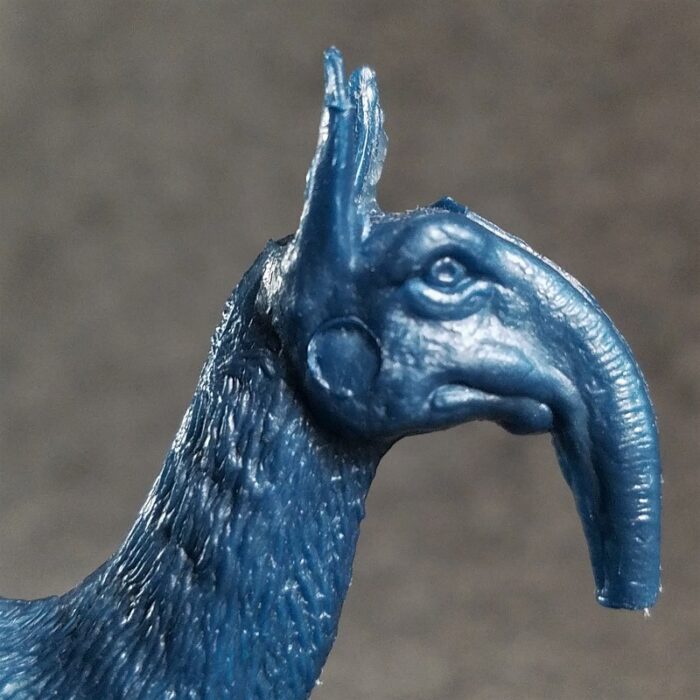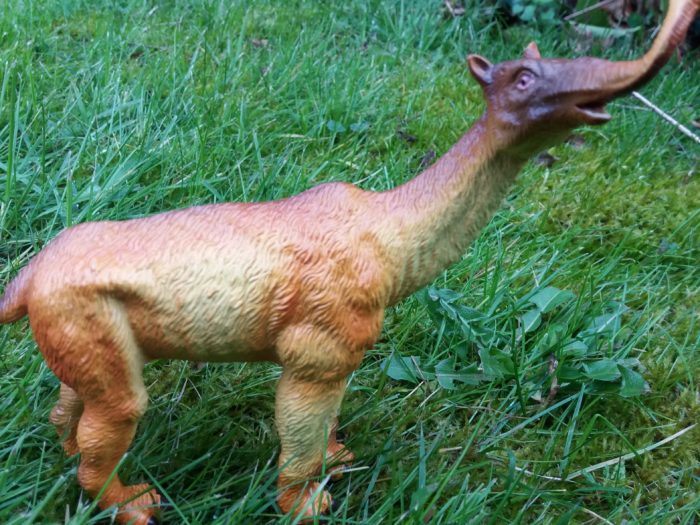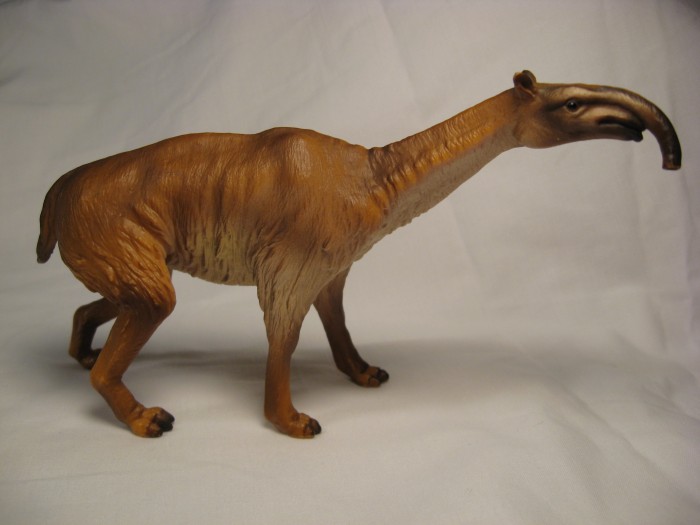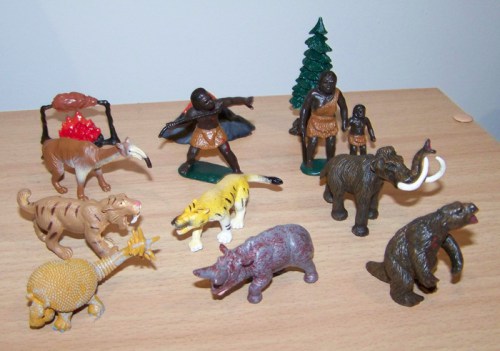“If MPC Ran the Zoo”…
Macrauchenia looked like it could have inspired some of the creatures in a Dr. Seuss book, if its history of paleoart is anything to go by. First described in 1838, the “long-necked llama” hasn’t achieved the same level of fame as some of its mammalian contemporaries from the Miocene and Pleistocene; however, its lanky legs, long neck, and peculiar trunk make for a very distinct image, and have earned the genus at least a few toys over the decades.








